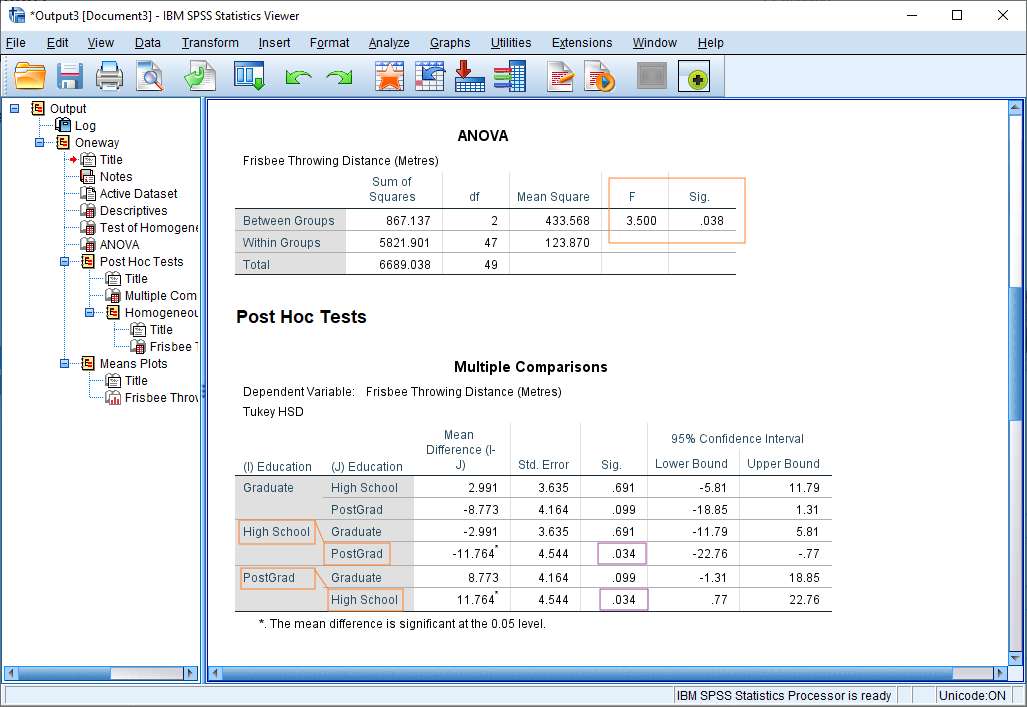

You apply five fertilizers of different quality on five plots of land, each cultivating rice. The research of the effect of fertilizers on yield of rice. It also lets you know whether the effect of one of your independent variables on the dependent variable is the same for all the values of your other independent variable. A two-way ANOVA’s main objective is to find out if there is any interaction between the two independent variables on the dependent variables. The two way ANOVA compares the mean difference between groups that have been split into two factors.

In this example, people’s same set is measured more than once on the same dependent variable. You might indulge the same individual in eating a different type of weight-reducing food and rating them as per the taste. You calculate the weight at three different points of time during the training period to develop a time-course for any exercise effect. You might research the effect of a 6-month exercise programme on weight-reducing on some individuals. differences in mean scores under different conditions.

changes in mean scores over three or more time points.Ģ. Repeated measures investigate about the 1. Repeated measures ANOVA is more or less equal to One Way ANOVA but used for complex groupings. The dependent variable is normally distributed in each group The effect of the exercises on the 5 groups of men is compared. Their weights are recorded after a few days. 20 people are divided into 4 groups with 5 members each. To know the specific group or groups that differed from others, you need to do a post hoc test.Ģ0 people are selected to test the effect of five different exercises. One way is an omnibus test statistic, and it will not let you know which specific groups were different from each other. Where µ means group mean and x means a number of groups. One Way is used to check whether there is any significant difference between the means of three or more unrelated groups.

Press “Post Hoc” Multiple Comparisons Dialog Box MONTHLY SALARY OF RESPONDENT AGE GROUP OF RESPONDENT Dependent List Factor Dependent variable : Monthly Salary Independent variable : Age Group Example: We want to examine whether there are significant differences in the monthly salary of employees from different age groups.


 0 kommentar(er)
0 kommentar(er)
